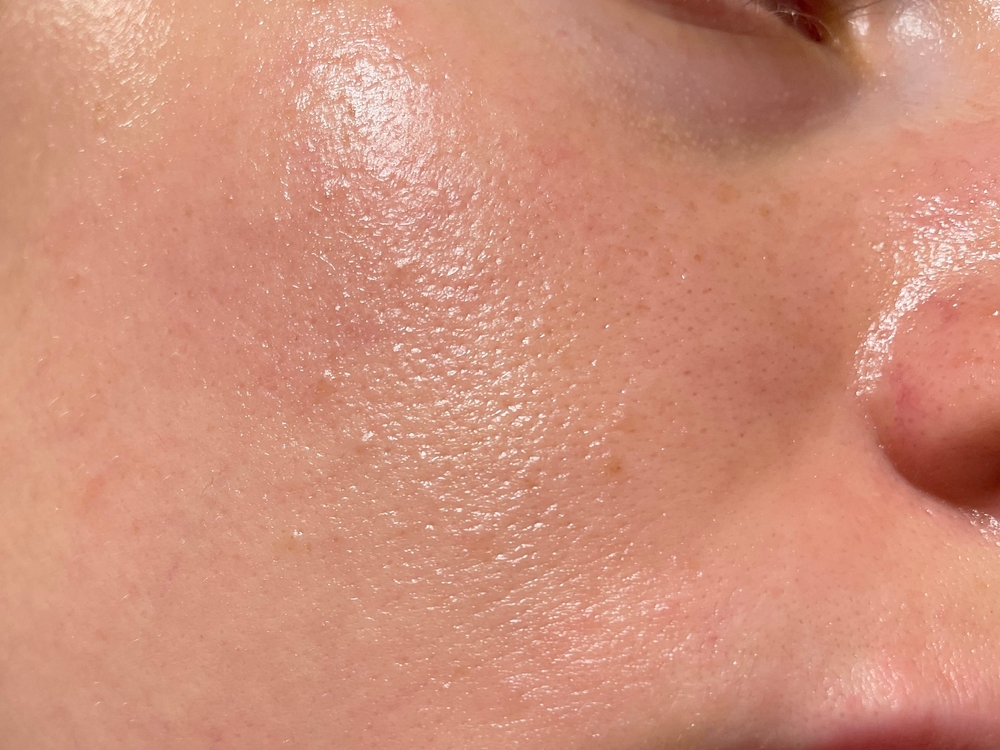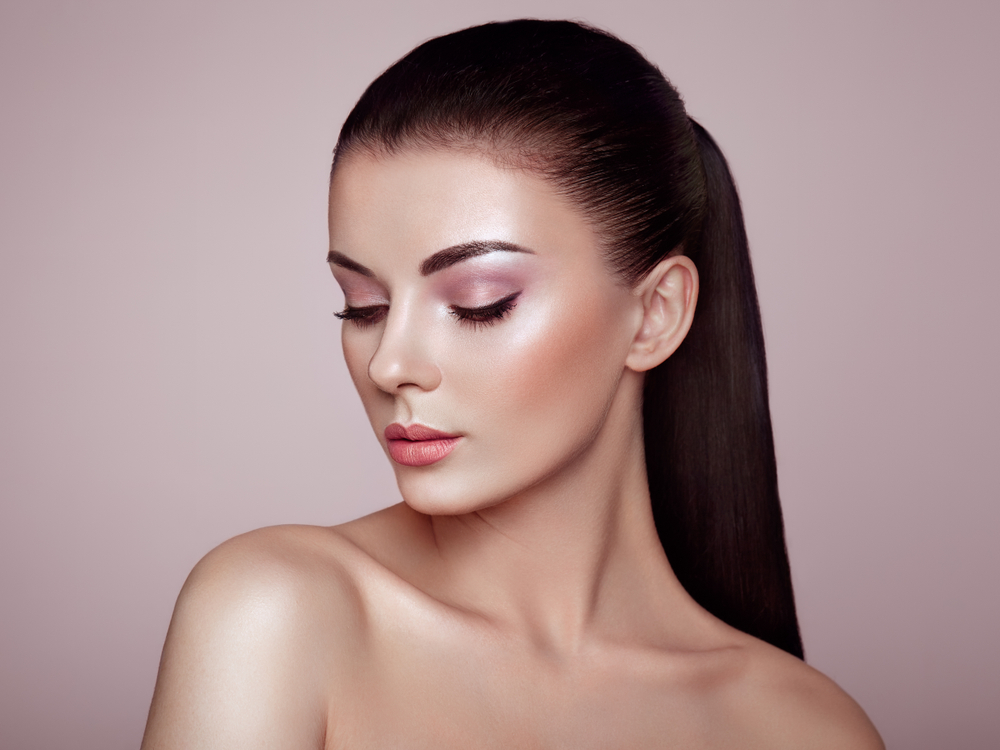Introduction:
Your skin is unique, just like you. It deserves the utmost care and attention, especially when it comes to makeup products. Understanding your skin type is the cornerstone of achieving a flawless makeup look that not only enhances your features but also keeps your skin healthy and radiant. In this guide, we’ll delve into the intricacies of different skin types and provide tailored recommendations on choosing makeup products that complement your skin’s needs.
Understanding Skin Types:
Before diving into the world of makeup products, it’s essential to identify your skin type. There are typically five categories of skin types: oily, dry, combination, sensitive, and normal, each with its own distinct characteristics and needing particular attention.
1. Oily Skin:
Characterized by excess sebum production, oily skin tends to appear shiny and is prone to acne and breakouts. When selecting makeup products for oily skin, opt for oil-free or matte formulas that help control shine and minimize pores. Search for items marked as non-comedogenic to avoid pore blockage.. Powder foundations and oil-absorbing primers are excellent choices for creating a matte finish that lasts throughout the day.

2. Dry Skin:
Dry skin is deficient in moisture, frequently causing sensations of tightness or flakiness. It requires hydration and nourishment to maintain a healthy glow. Choose makeup products with moisturizing ingredients such as hyaluronic acid, glycerin, or oils like argan or coconut. Liquid or cream foundations provide ample hydration and create a dewy, luminous complexion. Avoid matte or powder formulas, as they can accentuate dry patches and exacerbate flakiness.
3. Combination Skin:
Combination skin exhibits characteristics of both oily and dry skin, with an oily T-zone (forehead, nose, and chin) and dry or normal cheeks. Balancing hydration and oil control is key when selecting makeup products for combination skin. Use a lightweight, oil-free foundation or tinted moisturizer to even out the skin tone while avoiding excess shine. Consider using different products for different areas of the face, such as a mattifying primer on the T-zone and a hydrating primer on the cheeks.
4. Sensitive Skin:
Sensitive skin is easily irritated by external factors such as harsh ingredients, fragrance, or environmental triggers. When choosing makeup products for sensitive skin, opt for hypoallergenic, fragrance-free formulas that are gentle on the skin. Mineral makeup, which typically contains fewer irritants, is a suitable option for sensitive skin. Perform patch tests before trying new products and prioritize skincare-infused makeup products with soothing ingredients like chamomile or aloe vera.
5. Normal Skin:
Endowed with adequate hydration and few worries, normal skin can withstand a diverse array of makeup products. However, it’s still essential to choose products that enhance the skin’s natural radiance without clogging pores or causing irritation. Experiment with different textures and finishes to find what works best for your skin, whether it’s a lightweight tinted moisturizer for everyday wear or a full-coverage foundation for special occasions.
Choosing Makeup Products Based on Skin Type:
Now that you’ve identified your skin type, let’s explore how to choose makeup products tailored to your specific needs.
1. Primer:
Primer acts as a base for your makeup, extending its wear and providing a smooth canvas for application. Select a primer that addresses your skin concerns, whether it’s mattifying for oily skin, hydrating for dry skin, or color-correcting for uneven tone.
2. Foundation:
Foundation helps even out the skin tone and conceal imperfections, providing the perfect base for the rest of your makeup. Match your foundation shade to your skin tone and choose a formula that aligns with your skin type, whether it’s matte, dewy, or satin finish.
3. Concealer:
Concealer is a must-have for covering blemishes, dark circles, and other imperfections. Opt for a creamy, blendable formula that provides sufficient coverage without settling into fine lines or accentuating dry patches.
4. Powder:
Setting powder helps lock in your makeup and control shine, especially in oily areas. Choose a translucent powder for a natural finish or a tinted powder for additional coverage. Be mindful not to over-powder, as it can exacerbate dryness or cake up on the skin.
5. Blush and Bronzer:
Blush and bronzer contribute warmth and depth to your facial appearance, accentuating your innate features. Cream or gel formulas are ideal for dry skin, while powder formulas work well for oily or combination skin. Opt for shades that complement your skin tone for a flattering flush or sun-kissed glow.
6. Highlighter:
Highlighter adds luminosity and radiance to the high points of the face, such as the cheekbones, brow bone, and cupid’s bow. Choose a highlighter formula that suits your skin type, whether it’s a creamy stick, powder, or liquid, and select shades that complement your skin tone for a lit-from-within glow.

Conclusion:
Choosing makeup products based on your skin type is the first step towards achieving a flawless makeup look that enhances your natural beauty. By understanding your skin’s unique needs and selecting products tailored to those needs, you can create a makeup routine that not only looks stunning but also nourishes and protects your skin. Experiment with different formulas, textures, and finishes to find what works best for you, and remember to prioritize skincare-infused makeup products that promote healthy, radiant skin. With the right products and techniques, you’ll unlock the secret to a flawless complexion and unleash your inner beauty.

